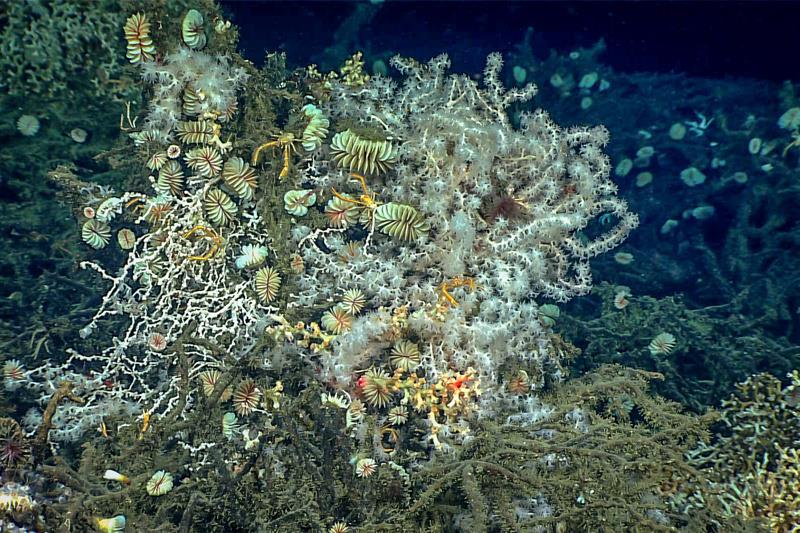
Europe moves to protect Atlantic deep-sea sites from bottom fishing
by Daria Blackwell 27 Sep 2022 08:45 UTC

Deep sea coral © NOAA
On Sept. 15, the European Commission made a historic announcement: it will prohibit bottom fishing across 16,000 square kilometres or 6,200 square miles in territorial waters of the NE Atlantic.
The protected area is about half the size of Belgium and is in waters controlled by the European Union in the exclusive economic zones of Ireland, France, Spain and Portugal. While some fisheries representatives have criticized the decision, conservation experts say it's a necessary step to protect ecologically significant deep-sea environments. The fishing sector has warned that this move will impact more than 10,000 fishers.
The new rule will bar bottom fishing in 87 sites at 400 meters (1,300 feet) and deeper known as "vulnerable marine ecosystems" under EU and international law. The ban will apply to fisheries that use trawling gear, bottom-set gill nets, bottom-set longlines, and pots and traps. Conservation experts say many of these deep-sea sites harbour cold-water coral reefs, as well as aggregations of deep-sea sponges, sea pens and other important species.
This move is a key component of the Deep-Sea Access Regulation adopted by the EC in 2016 to protect deep-sea environments in EU waters. The regulation had stipulated that vulnerable marine ecosystems should be protected by 2018 so its implementation comes four years late. Better late than never.
This size of protected habitat is far below the goal expressed by many NGOs that are urging Governments to designate a minimum of 30% of offshore waters as Marine Protected Areas by 2030, the so-named #30x30 initiative. The U.N. released a draft of the Post-2020 Global Biodiversity Framework, which called for 30% of Earth's land and sea areas to be conserved.
This article has been provided by the courtesy of Ocean Cruising Club.